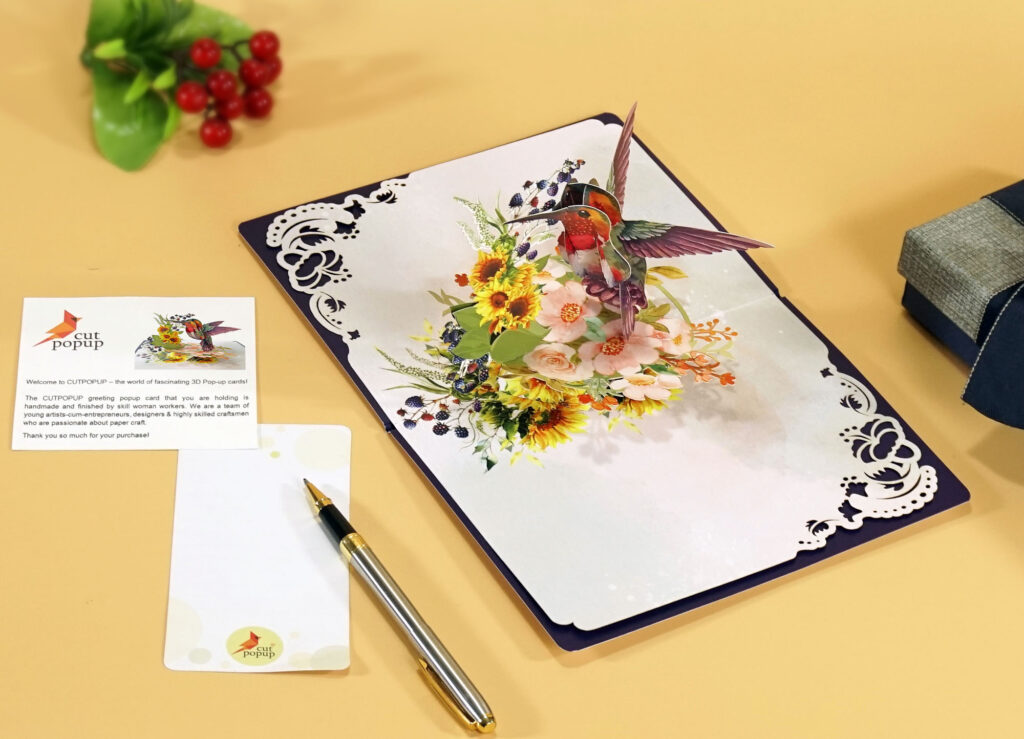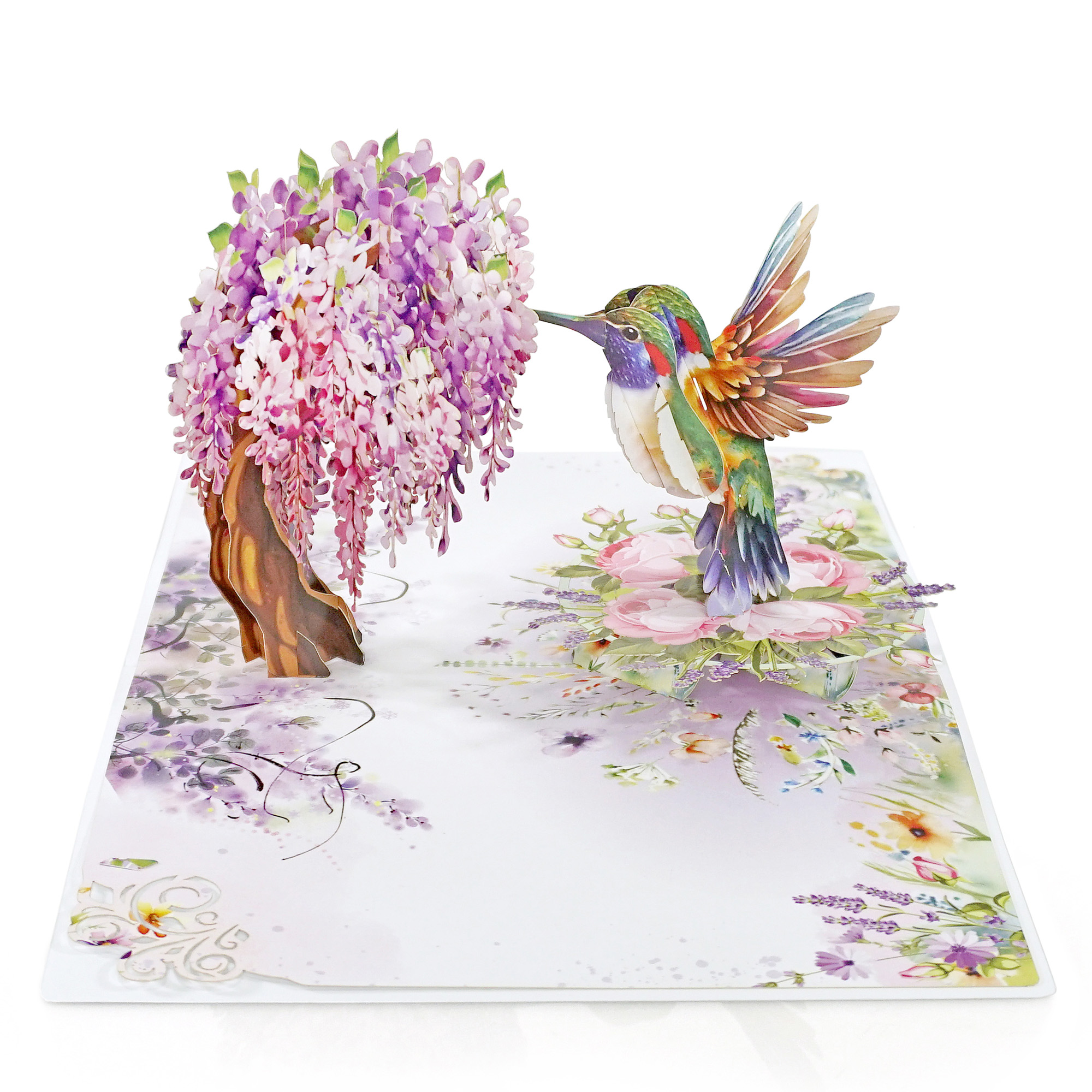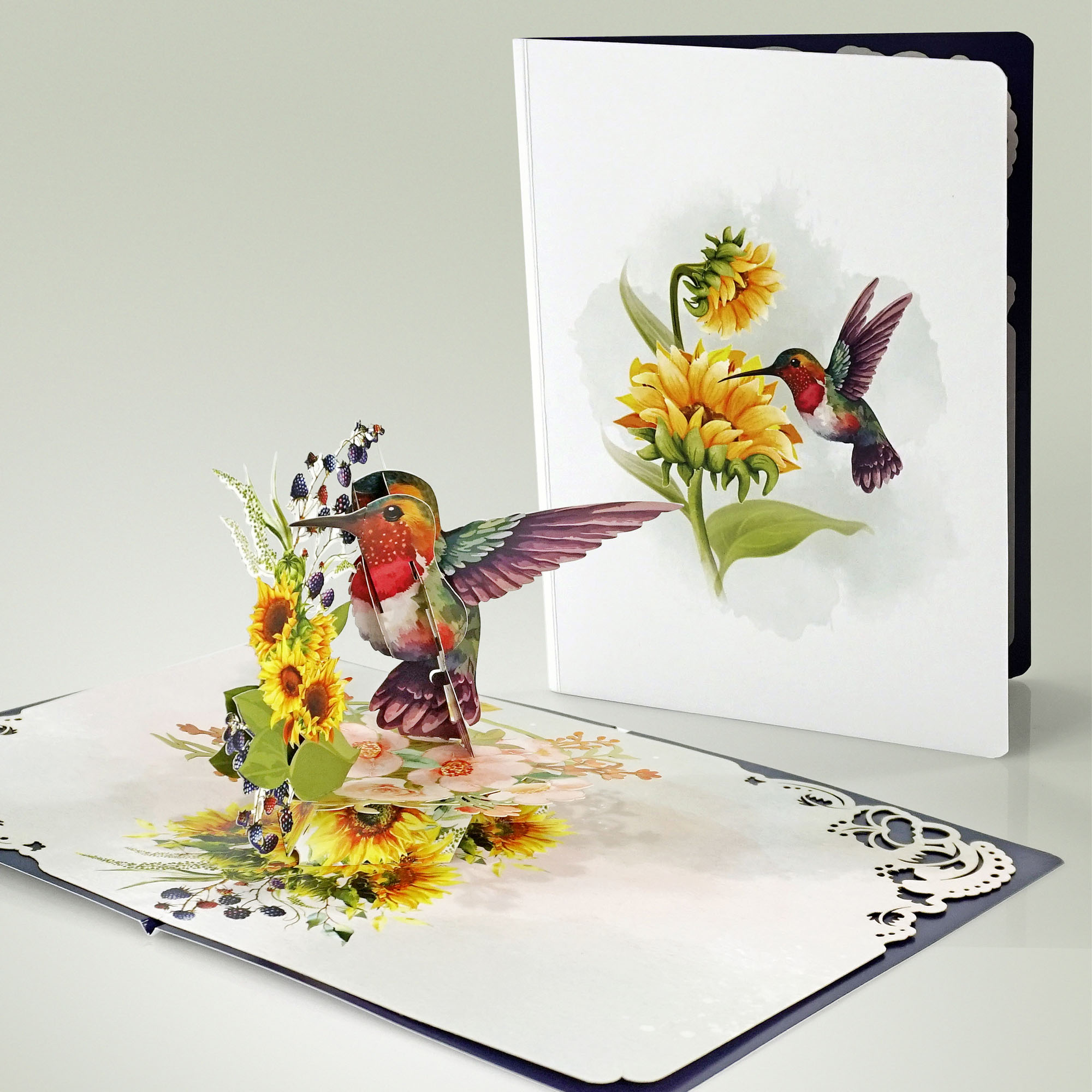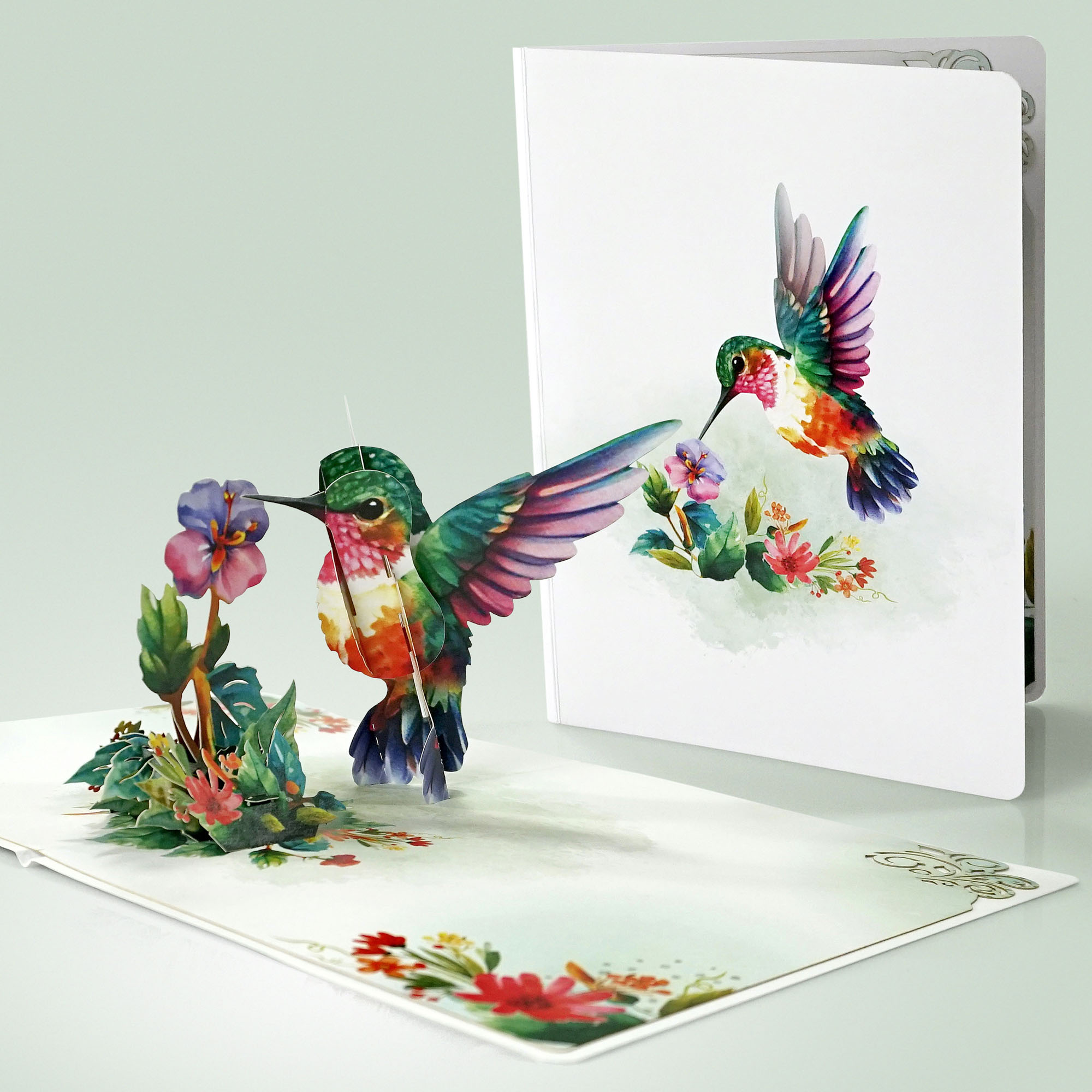The Symbolism and Significance of the Hummingbird in American Culture
The hummingbird, one of the smallest bird species in the world, holds a remarkable place in American culture, rich with symbolism and significance. This tiny bird, characterized by its iridescent feathers and rapid wing beats, captivates the human imagination and inspires a multitude of cultural interpretations across various American communities, from Native American traditions to contemporary popular culture.
Native American Symbolism
For many Native American tribes, the hummingbird is a symbol of joy, love, and beauty. Its vibrant colors and swift movements make it a harbinger of positive energy and a representation of life’s more joyous aspects. In particular, tribes such as the Hopi, Navajo, and Aztec attribute deep spiritual significance to this bird.
According to Hopi legends, the hummingbird’s dance pleases the gods, encouraging them to bring rain to nourish the crops. This association underscores the bird’s importance in agricultural societies, where rain is a critical element for survival.
Navajo folklore often features the hummingbird in tales that highlight its role in promoting balance and beauty in the world. The bird’s delicate yet resilient nature mirrors the balance between fragility and strength, a duality appreciated in Navajo philosophy.
The Aztec culture also revered the hummingbird, especially in the context of warfare. The Aztec god Huitzilopochtli, the god of sun and war, was often depicted as a hummingbird. This association signifies the bird’s unexpected strength and agility, qualities that are revered in warriors. The hummingbird’s ability to hover and dart swiftly in all directions made it a fitting emblem of agility and speed in battle.
Symbolism in Modern American Culture
In modern American culture, the hummingbird continues to symbolize various positive attributes. It is often associated with concepts such as perseverance, resilience, and the joy of living in the present moment. The bird’s ability to hover in place, moving its wings rapidly while appearing almost stationary, is often seen as a metaphor for finding stillness amidst chaos.
The hummingbird’s endurance and relentless pursuit of nectar also symbolize perseverance and hard work. Despite its small size, the hummingbird travels vast distances during migration, sometimes covering up to 500 miles in a single journey. This remarkable feat is a testament to the bird’s resilience and determination, qualities that resonate deeply in a culture that values hard work and overcoming obstacles.
In literature and art, the hummingbird frequently appears as a symbol of love and beauty. Its delicate appearance and vibrant colors make it a natural muse for artists and writers. The bird’s fleeting visits to flowers can be seen as a metaphor for the ephemeral nature of beauty and the importance of savoring moments of joy.
The hummingbird is also a popular motif in tattoos and jewelry, often chosen for its aesthetic appeal and symbolic meanings. Many people select the hummingbird as a tattoo design to represent their personal journey of overcoming challenges, finding joy in life, or honoring a loved one’s memory. Its image serves as a reminder to approach life with lightness and positivity, regardless of the obstacles encountered.
Environmental and Ecological Significance
Beyond cultural symbolism, the hummingbird plays a crucial role in the ecosystem as a pollinator. Its interaction with flowers during nectar feeding facilitates the pollination process, contributing to the reproduction of various plant species. This ecological role highlights the interconnectedness of nature and the importance of preserving biodiversity.
The conservation of hummingbirds has gained attention in recent years, reflecting a broader cultural shift towards environmental awareness. Organizations dedicated to protecting these birds emphasize their ecological significance and advocate for the preservation of their natural habitats. This movement underscores the hummingbird’s role not just as a cultural symbol but as a vital component of the natural world.
The hummingbird, with its vibrant presence and remarkable abilities, occupies a significant place in American culture. From Native American legends to contemporary symbolism, this tiny bird represents joy, resilience, beauty, and the interconnectedness of life. Its cultural and ecological significance serves as a reminder of the delicate balance between human existence and the natural world, encouraging us to appreciate and protect the diverse forms of life that enrich our planet.





You may also be interested in
Symbol for Father’s day with greeting 3D Cut Popup Card
Surprise father figures with greeting 3D Cut Popup cards on Father’s Day. Something dads, grandfathers,...
Apr
Happy Father’s Day with 3D Greeting Popup Card
Father’s Day is a meaningful occasion dedicated to honoring the fathers and father figures who...
Apr
What is different about Mother’s day in the US and the UK
Different dates to celebrate Mother’s Day in the US, and UK are tied to some...
1 Comments
Mar
What do you know about Easter
Easter is an indispensable feast on the Christian calendar. It’s the best time of the...
Mar
Easter in the USA – Celebrating with Joy and Greeting Cards
Easter is one of the most cherished holidays in the United States, celebrated with joy,...
Mar
Celebrate Saint Patrick’s Day with a Green 3D Popup Greeting Card
Saint Patrick’s Day is a festive occasion celebrated on March 17th each year in honor...
Mar
Celebrating International Women’s Day with Beautiful Greeting Cards
International Women’s Day on March 8th is a time to honor and appreciate the incredible...
1 Comments
Mar
Why you need to be sending 3D Popup card On St. Patrick’s Day
On March 17th every year, Irish compatriots from across the world join together for St...
3 Comments
Feb